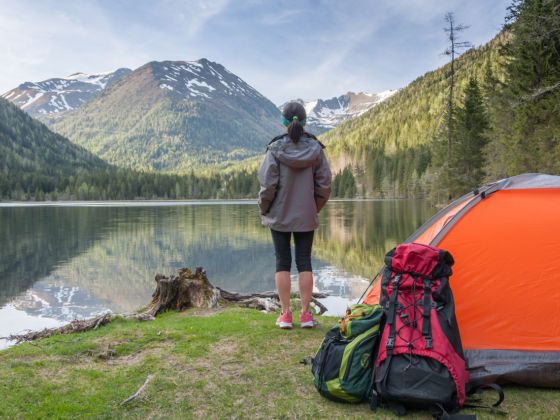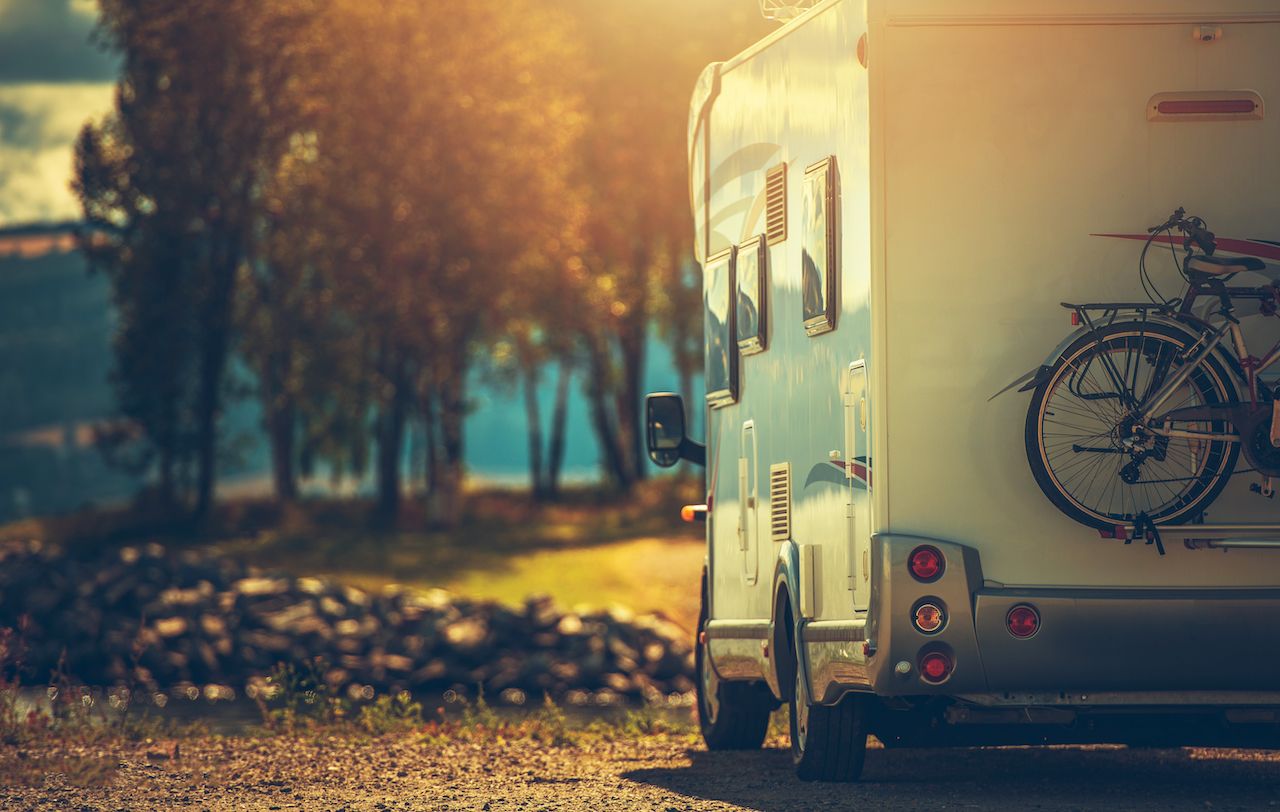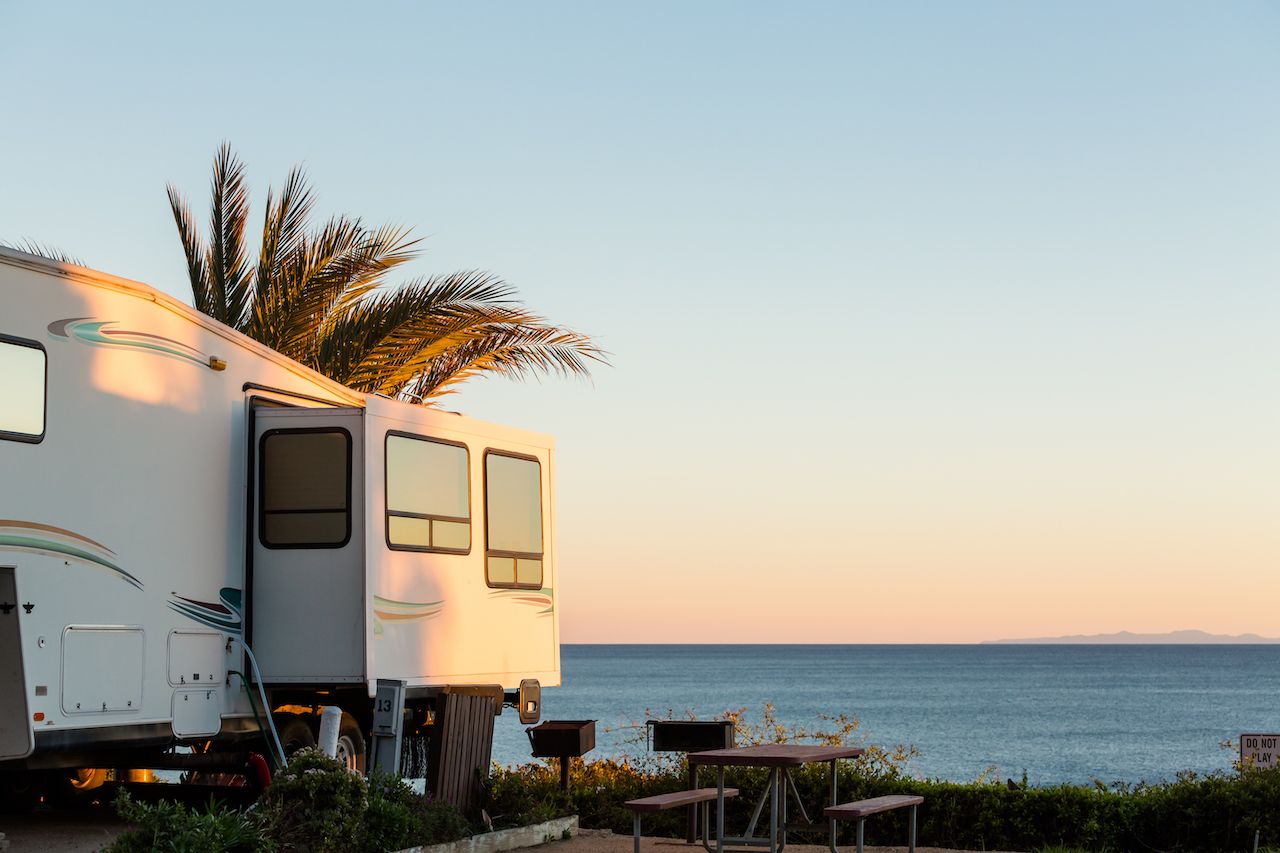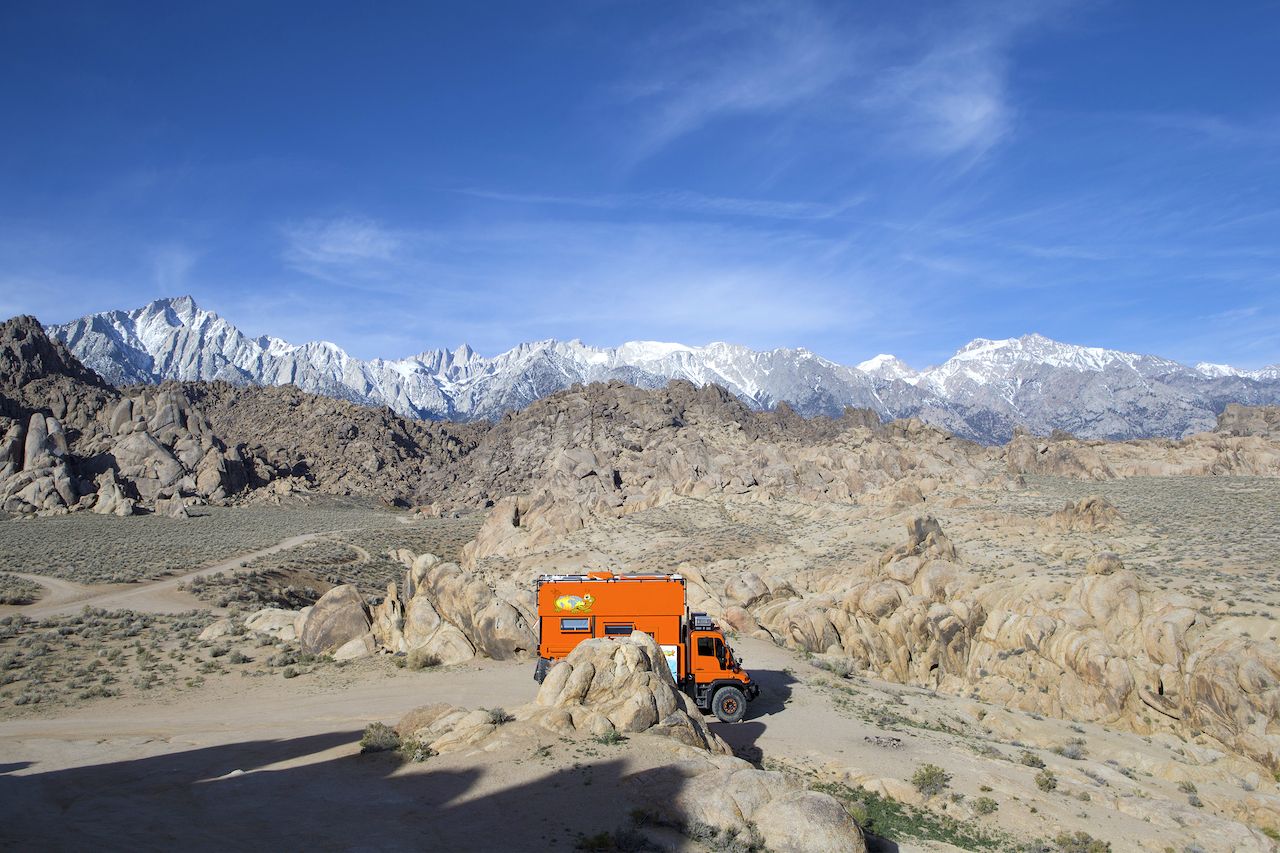At $30+ a night, some campgrounds cost about as much as a cheap Airbnb — without the amenities of a warm bed and four non-nylon walls. These sites often run amok with humans, shrinking your hopes of having time well spent in the wild. And while this option totally works in a pinch, it’s probably not what you’ve been dreaming of.
But wild camping — or dispersed camping, or primitive camping, or whatever you want to call it — could be. There are plenty of places you can camp legally, permit-free, and often fee-free, in the US. If you know where to look, and you have the skills to play by the rules, these could be some of the most memorable nights of your life. Here’s how and where to do it.





